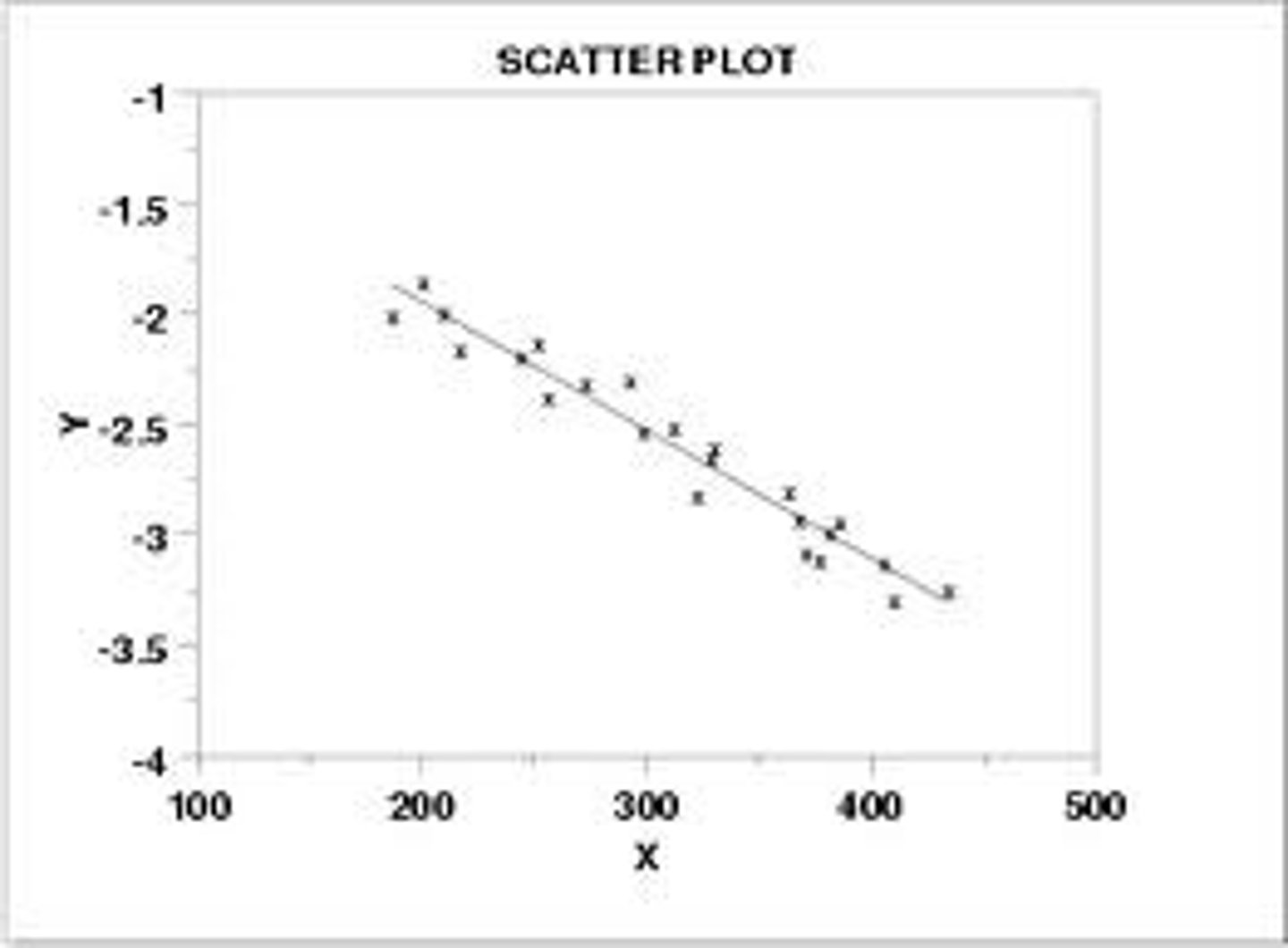1.2.3 - Understanding Correlational Research Methods
1/7
There's no tags or description
Looks like no tags are added yet.
Name | Mastery | Learn | Test | Matching | Spaced |
|---|
No study sessions yet.
8 Terms
correlational research
scientific method used in psychology to examine the relationship between two or more variable.
correlational studies do NOT involve the manipulation of variables; instead, they focus on observing and measuring naturally occurring associations between variables.
what does correlational research allow for?
- psychologists can identify patterns + make predictions!
- does NOT establish causation between variables.
Correlation is NOT causation!
third variable problem:
the possibility that a third, unmeasured variable may be influencing the relationship between the two variables of interests.
- does NOT imply a cause-and-effect relationship. it means that other factors might be at play!
scatterplot:
a visual representation used in correlational research to display the relationship between two variables.

what do scatterplots allow for? how do they help researchers?
- researchers can visually assess the strengths and weaknesses of the correlation between the variables
- helps to identify any outliers and/or unusual patterns in the data!
correlational coefficient:
a statistic measure used in correlational research to measure the strengths and weaknesses of the relationship between the two variables
how are correlational coefficients represented?
it is represented by the symbol "r" and ranges from -1 to +1
a stronger relationship = . . . while a weaker relationship = . . .
stronger = more predictable results
weaker = less predictable results
